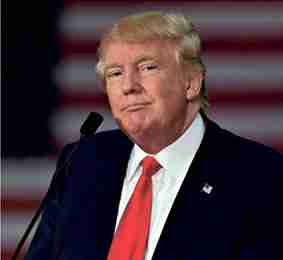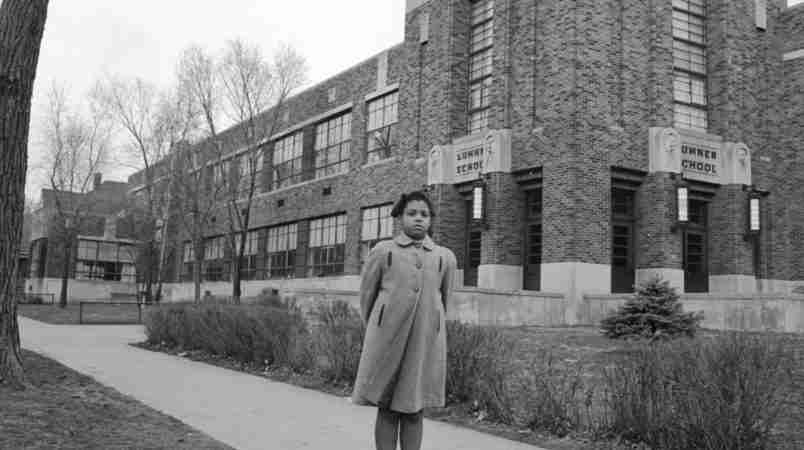By BILL BARROW
ATLANTA — If Donald Trump makes it to the White House, white Americans will have handed him the keys.
Much depends on whether Trump is right that his campaign is a “movement.” And much rests on whether that movement is moved to come out and vote.
To win, he will need a signif- icant chunk of the 55 million or so white Americans (33 million men, 32 million women) who are eligible to vote but don’t.
Latest polling suggests Hillary Clinton has a narrowing but consistent lead nationally and in most battleground states that President Barack Obama won twice.
Pollsters identify “likely voters” and build a model of what they think the electorate will look like: what percentage of whites, African-Americans, Hispanics; what slice of voters will have college degrees versus a high-school diploma; how many millennials will vote compared with baby boomers.
“Likely voters” are often people who have voted before, so polls generally reflect what the electorate looked like in 2012.
That’s when Obama used his strength among young voters,African-Americans what they think the electorate will look like: what percentage of whites, African-Americans, Hispanics; what slice of voters will have college degrees versus a high-school diploma; how many millennials will vote compared with baby boomers. “Likely voters” are often people who have voted before, so polls generally reflect what the electorate looked like in 2012.
That’s when Obama used his strength among young voters, and non-whites to defeat Romney by almost 5 million votes of about 127 million cast on his way to a wide Electoral College margin.
That “Obama coalition” is where Trump struggles most. Those groups also are Clinton’s focus, and for good reason: Exit polls in 2012 showed Obama won just four out of 10 white voters, but still won 332 electoral votes to Romney’s 206.
If the electorate stays roughly the same as in 2012, Trump would need to win about two-thirds of the white vote — a significant increase over Mitt Romney’s nearly 60 percent and a margin that no candidate has managed since Ronald Reagan’s 1984 landslide re-election.
Adding to Trump’s conun- drum are his struggles among college-educated whites, where polls suggest he lags behind Romney’s performance. Trump adviser Karen Giorno says the campaign is working for every vote but she also emphasizes Trump’s appeal to “that silent majority that’s had enough.”
Trump isn’t the only Republican this year who took a “silent majority” approach.
Texas Sen. Ted Cruz, the second place finisher in the GOP nominating fight, argued that the path to Republican victory went through disaffected conservatives who stayed home in 2008 and 2012. He pointed specifically to more than 50 million evangelical Christians, most of them white.
The difference, Cruz adviser Chris Wilson said, is that the Texas senator had a sophisticated campaign operation to identify those voters and reach them; Trump doesn’t.
“If the ground swell materializes for him, it will have to be organic” Wilson said. But, Wilson added, “Who am I to criticize him? It worked for him in the primaries, so he may just prove us all wrong again.”













No Comment